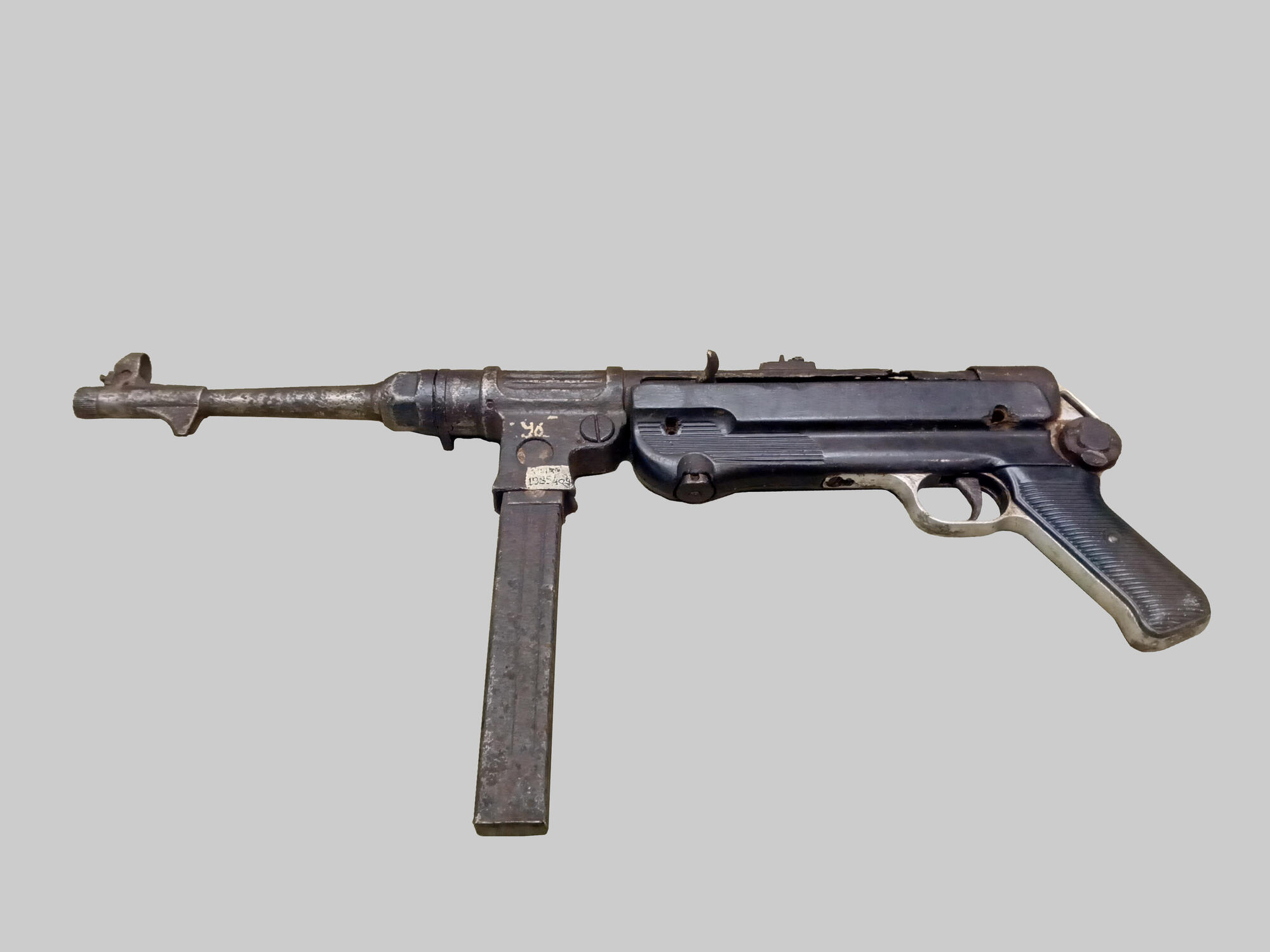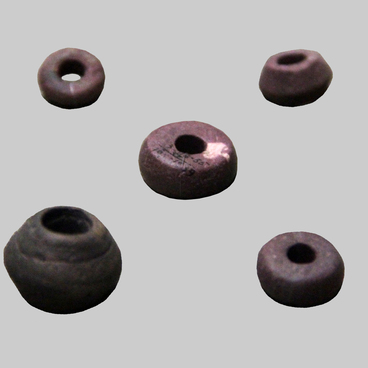The MP-38, the predecessor of the German MP-40 submachine gun, is also known to the general public as the Schmeisser. However, Hugo SchmEisser /shmAyser/ was not actually involved in the creation of this weapon: the MP-38 was developed at Erma by Berthold GEipel /’gaypel/ and HEinrich /’hainrik/ VOllmer.
By the beginning of 1938, Germany had only 7,310 submachine guns in its arsenal, and most of them were MP-18 I. However, as a result of the experience gained during the Spanish Civil War and the new tactical principles adopted by the German army, the need for them grew rapidly, especially for the airborne forces and motorized infantry. As a result, Erma received an order for a new submachine gun from the German Army Weapons Agency.
The company was already developing prototypes of the MP-36 submachine gun, so it was decided to submit them to the weapons department after making minor changes. In August 1938, the prototype was approved under the brand name MP-38. Its production was quickly established, and by the beginning of the war in September 1939, the company had already produced 8,772 of these submachine guns.
Although the name of the MP38 designer is not certain, usually ERMA designers Berthold Geipel and Heinrich Vollmer are considered its creators. The MP-38 submachine gun was supposed to become the personal weapon of the company and platoon commanders and other officers of the German army. It was not intended to replace automatic pistols, but served as an addition to them.
The company was already developing prototypes of the MP-36 submachine gun, so it was decided to submit them to the weapons department after making minor changes. In August 1938, the prototype was approved under the brand name MP-38. Its production was quickly established, and by the beginning of the war in September 1939, the company had already produced 8,772 of these submachine guns.
Although the name of the MP38 designer is not certain, usually ERMA designers Berthold Geipel and Heinrich Vollmer are considered its creators. The MP-38 submachine gun was supposed to become the personal weapon of the company and platoon commanders and other officers of the German army. It was not intended to replace automatic pistols, but served as an addition to them.
In terms of technical specifications and innovations, the MP-38 was significantly ahead of all known analogues of its time. In this model a folding metal stock was used for the first time in the world. Moreover, there were no wooden parts in the structure. So, despite its elegant appearance, the MP-38 was a reliable and sturdy weapon. The function of the front pistol grip was performed by the MP-38 magazine, which was quite unusual for submachine guns at the time. One of the distinctive features of the MP-38 was the inability to fire single shots, since it worked only in automatic mode. But the rate of fire was not high enough: only 400 rounds per minute. This turned out to be a serious drawback during military operations in the USSR.
Shortly after the outbreak of World War Two, the Wehrmacht leadership came to the conclusion that the production of the MP-38 required too much time and money, and asked the designers to come up with something new. As a result, the MP-40 was created. Compared to the MP-38, it was simpler in design and production.



